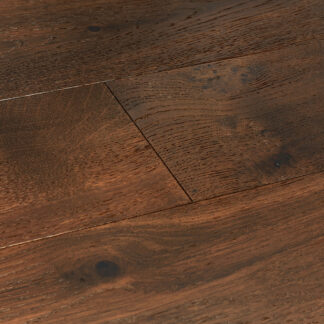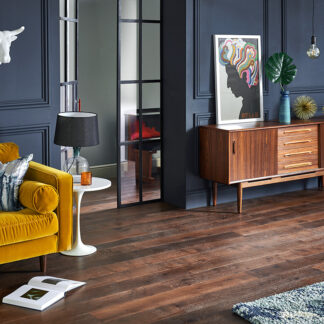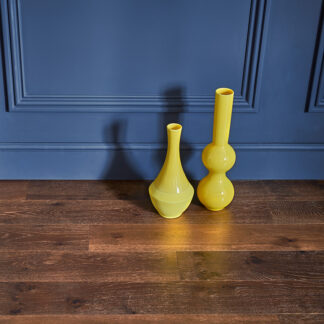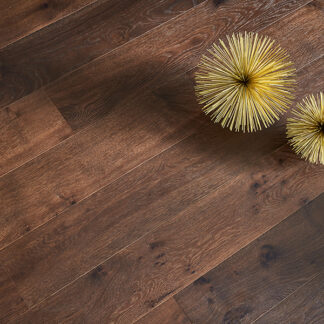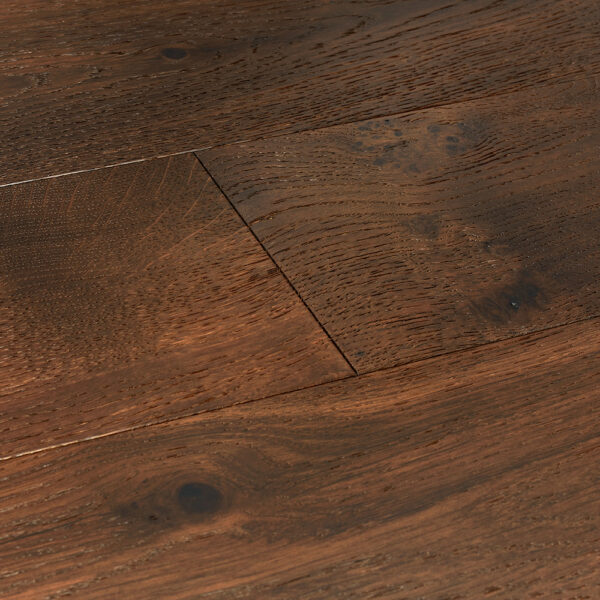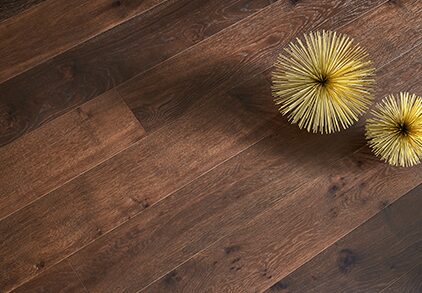
Lynton Weald Oak | Outlet
Recalling a darkened ancient woodland steeped in history, this sumptuous dark floor will bring a hint of mysterious luxury to any room. Brushed and matt lacquered for a classic understated finish. Lynton Weald Oak is a dark and fascinating floor, made using next-generation technology and a mineral composite core. This floor is strong, durable, and long-lasting.

